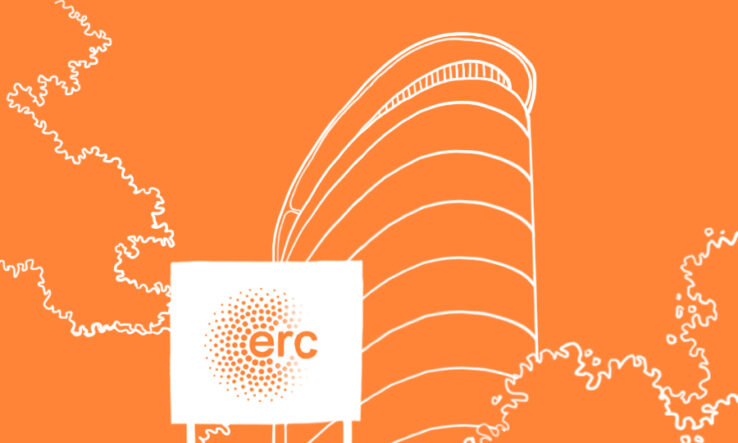
Officials run through the modifications to ERC grants in 2024
A funder as well regarded as the European Research Council could be excused for being unwilling to change its processes. If it ain’t broke, don’t fix it, as the saying goes. But the 2024 round of ERC calls features changes ranging from the structure of the application to the introduction of lump-sum funding.
So what does this mean for researchers applying for ERC grants? At a September webinar, two senior officials at the ERC’s Executive Agency gave some indications.
Career paths
One of the more talked-about changes, which first surfaced in late 2022 and comes against a backdrop of reforms to research assessment, is that applicants will now be able to say more about their careers and contributions to the research community.
Jose Labastida, head of the unit that supports the ERC’s governing council, said the intention “is to provide to the evaluation panel context on the way that previous achievements, previous research and the career of the principal investigator has been developed over the years”.
Details on diverse career paths and noteworthy contributions to the research community can be included in a four-page document, alongside the researcher’s CV and track record. Detailed profiles for principal investigators are no longer required. Labastida emphasised there would be no change to the ERC’s evaluation criterion: scientific excellence.
Angela Liberatore, head of the ERC’s scientific department that manages evaluations, said that information on diverse career paths, including time away from research, would only be included as context for evaluators and was not an eligibility extension.
The eligibility windows for the ERC’s three main single-researcher grant schemes—Starting, Consolidator and Advanced—are based on years since the completion of a PhD, and extensions are only allowed for categories including maternity, paternity, long-term illness and seeking asylum.
Language
The ERC has tweaked some of the language in its guidance on applying for grants, including removing references to “high-risk, high-gain” research, instead using “frontier research”. Liberatore explained: “Sometimes this relationship between high-risk and high-gain is very difficult to determine…The notion now is to say it should be leading to a breakthrough; it should be ambitious, and feasible.”
Labastida said the questions evaluators have to address, which are listed in the ERC’s work programme, have also been “streamlined”. A question about whether applications include a novel methodology has been removed.
Evaluation
Further changes to evaluation include some restructuring of the subject-specific panels and how proposals are scored.
Liberatore said the ERC’s Scientific Council had been grappling with the issue of some high-quality proposals getting a B grade in the first evaluation stage, meaning the applicants were not able to apply again the next year.
To “square the circle”, the use of the A grade will be expanded. A distinction will now be made between proposals that receive an A grade and are invited to interview, and those that receive an A grade but are not invited to interview. Any applicant with an A grade will be able to apply again the following year.
Liberatore explained that a new cap had been introduced so a maximum of 44 proposals can go through to interview for any single panel to ensure each application has been evaluated properly.
Liberatore said success rates for cross-panel proposals were lower than for those going to single panels at the initial evaluation stage. But she advised applicants: “Don’t be discouraged about having something cross-panel, but think that in step one, you have to be quite explicit about why it matters and why it’s new or interesting or feasible.”
There has been some change to the way budgets are allocated across the ERC’s main calls in 2024. Synergy Grants—the ERC’s most generous scheme, with grants awarded to multiple principal investigators—have seen their budget rise from €300m in 2023 to €400m.
Labastida explained this was due to “high demand”, and Liberatore pointed to a success rate for Synergy Grants of less than 9 per cent—lower than for Starting, Consolidator and Advanced Grants. “Anything below 10 per cent is almost considered a lottery,” she said.
Lump sums
One of the more significant changes is the introduction of lump-sum funding. This is being piloted for the 2024 Advanced Grant call, meaning applicants will have to provide more details on costs as part of their application.
If successful, applicants will avoid any financial audits and receive 80 per cent of the budget up-front, with 20 per cent at the end, rather than having to track costs and claim back.
Liberatore said that applicants “will need to add a bit of detail on the budgetary information, particularly with regard to the personnel costs…and large equipment”. She added that there was no expectation that lump-sum funding would be extended to other calls, “for the time being”.
This is an extract from an article in Research Professional’s Funding Insight service. To subscribe contact sales@researchresearch.com